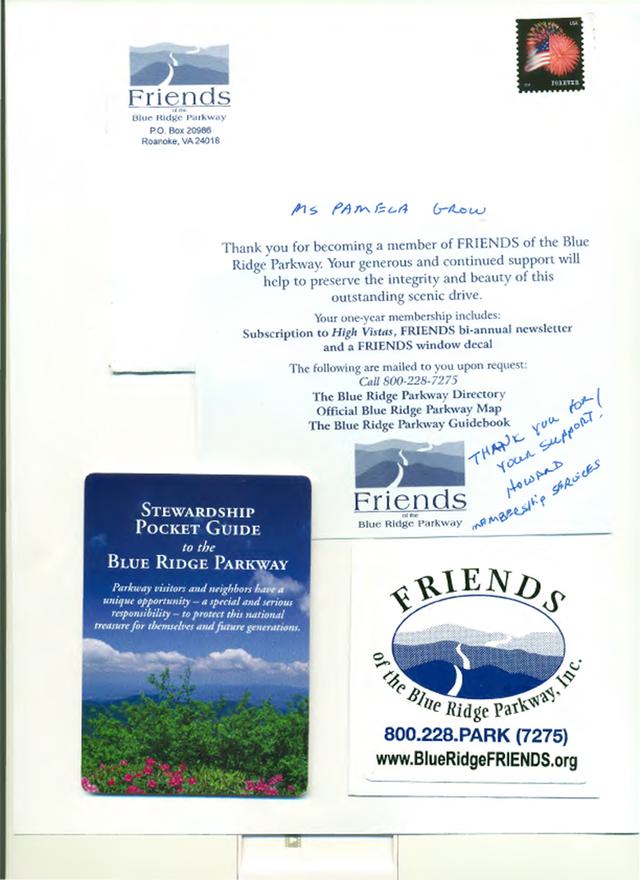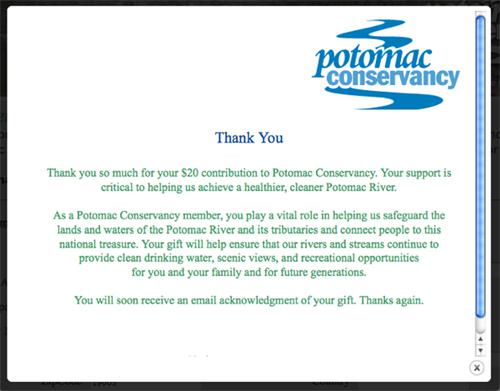What kind of experience does your donor encounter when making an online gift?
‘Mystery shopping’ to test the donor experience is not pretty, says Pamela Grow. But it can help you improve your online giving results.
- Written by
- Pamela Grow
- Added
- September 23, 2014
In March of 2014 I embarked on an unofficial online giving study. Every week since then I've been making two online gifts of $20 each to various nonprofit organisations randomly selected from my own database of subscribers.
What have I been tracking?
First off, overall ease of giving: how simple is it to find the organisation's 'donate' button on their homepage?
How straightforward and seamless is the overall experience? How many 'clicks' to make a gift?
Am I given the opportunity to make a recurring gift?
Do I receive an automated email thank you and/or am I directed to a thank-you page redirect?
Am I receiving a thank-you call or a direct mail thank you?
What kind of further communications am I receiving?
It hasn't been pretty.
One organisation's online processes, already annoyingly tedious, ended with an error message after I failed a CAPTCHA that had instructed me to enter two words when a series of numbers were shown. I was unable to make a donation:

One organisation used a multiple-choice pop-up widget to allow me to tell them where I'd heard from them. I liked that!

To my surprise some of the worst donation experiences came from organisations using Network for Good (N4G) as their online gift processor. For many of those using N4G as their payment processor the experience tended to be very much Network for Good focused, rather than donor or even organisation focused. The lone exception was the Coalition for Sonoran Desert Protection, an organisation that has successfully tweaked the Network for Good back end to result in an entirely satisfactory donor experience from start to finish.
Your lesson
Using an online gift-processing package doesn't mean further customisation isn't needed.
You can create a solid donor online experience regardless of your payment processor (yes, this goes for PayPal users as well). And the best thing that you can do for your online giving is to divvy up $100 amongst five to 10 friends and ask them to make an online gift to your organisation -- and then to be brutally honest in their feedback to you. You may even try using screen capture software, such as Camtasia, and recording the entire process to unearth glitches in your systems. This isn't a 'once and done' process. Organisations with the best online giving review their processes regularly.
While this project is still in its infancy, the following organisations have already scored an A+:
Faith in Action
Faith in Action of Marathon County, Wisconsin, USA, is a one-person shop and, while they may not have offeredthe prettiest online donation experience, they win for this charming direct mail thank-you letter, received within days of my donation.
Brittany’s Hope Foundation
And a giant kudos to Brittany's Hope Foundation, Elizabethtown, PA, USA. Not only was their online donation experience seamless, their executive director called me 15 minutes after my first gift. Donors come first for Brittany's Hope. The call was followed by a handwritten thank-you card, which in turn was followed a few days later by this welcome kit.
Friends of the Blue Ridge Parkway

Friends of the Blue Ridge Parkway, Roanoke, VA, USA, wowed me with the way they handled my online donation. Their email thank you came with a reminder about matching gifts, which they followed with a delightful mini-welcome kit including a thank-you card, sticker and a fold-out pocket-sized stewardship guide to the Parkway.
My gifts have been random but when the Stickley Museum at Craftsman Farms, Morrison Plains, NJ, USA, followed up with their print newsletter I became a monthly donor. They don't know it, but I'm a subscriber to American Bungalow and a fan of the Arts and Crafts Movement.
Your lesson: know why your donors give.
Potomac Conservancy Silver Spring, MD, USA, featured a stellar start to finish experience, beginning with a straightforward description of their gift options, including monthly giving,

followed by the opportunity for continued engagement via their e-newsletter:

Successful completion of my gift resulted in this thank-you pop-up,

followed by an emailed thank you, below.

Additional resources
For more on how your organisation can create a donor-focused online experience, check out additional resources on Pamela Grow's website, including a recorded conversation with Aaron Fogleman of Brittany's Hope in which he explains how their customised processes led to a 1,400 per cent increase in online giving (yes, really – 1,400 per cent!).
© Pamela Grow 2014.



















